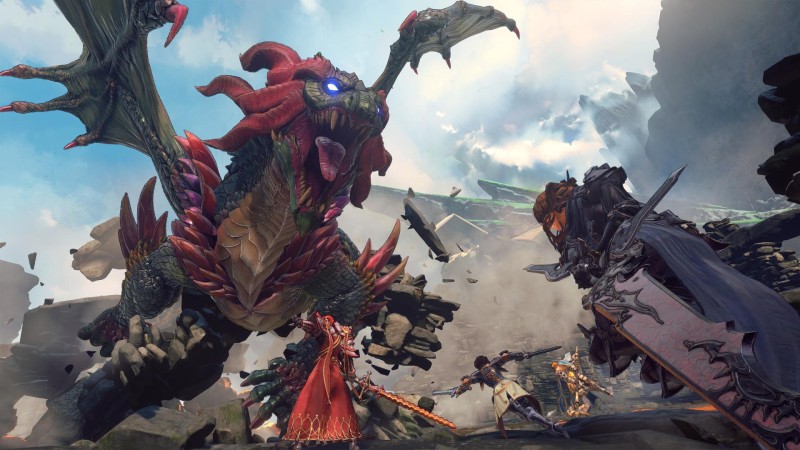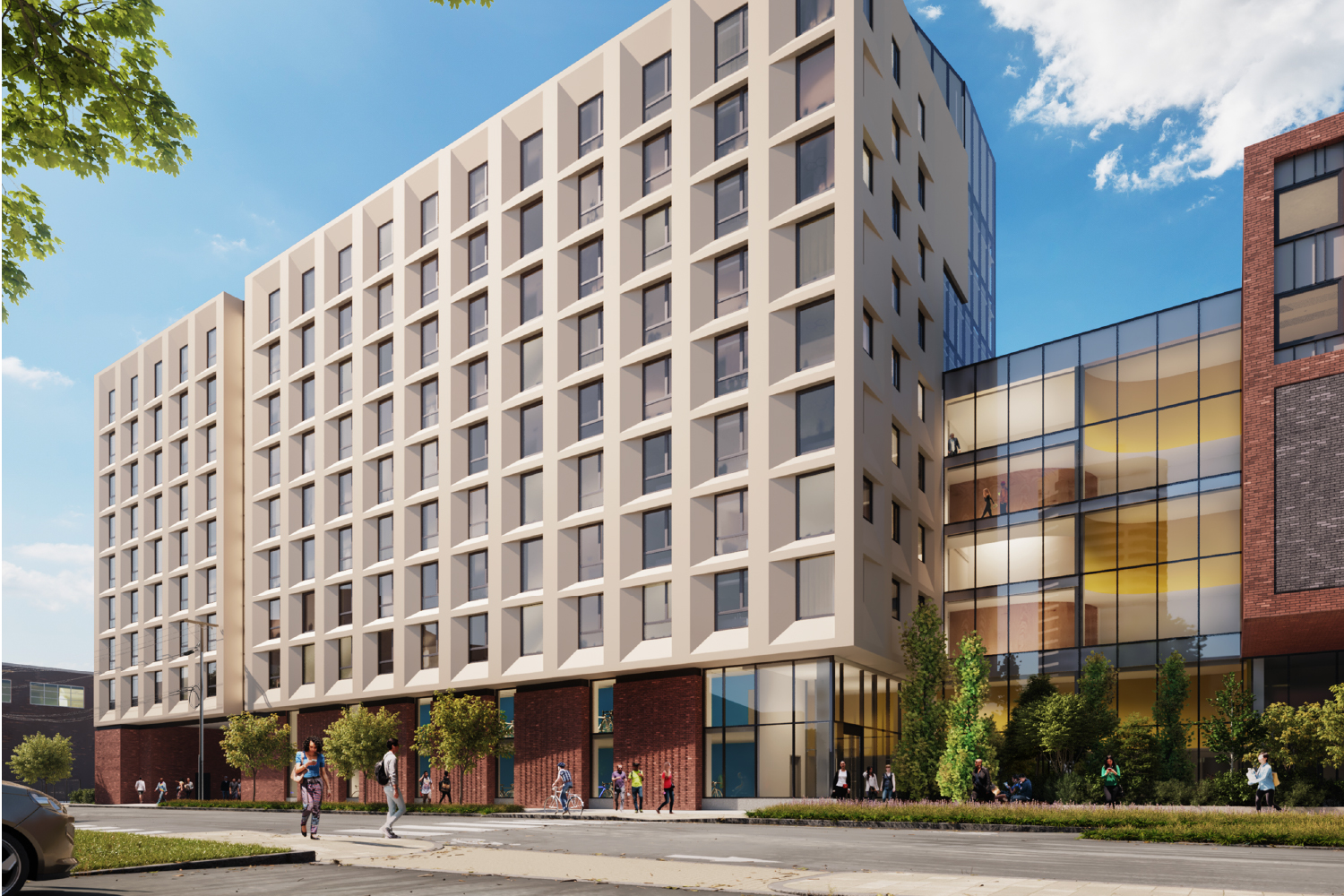
The thrill of adventure in a boundless playground tickles the imagination, something intimately familiar to players of Granblue Fantasy, a mobile/browser-based title that has been a hit internationally for over a decade. The original title resembles 16-bit turn-based RPGs like the Final Fantasy or Dragon Quest games of old, leaving daydreams of grander scale and exploits a hopeful wish rather than an inevitable reality. With Granblue Fantasy: Relink, developer CyGames has an opportunity to explore a fantasy world of open skies and magic while pulling the game from a comparatively modest mobile title into a full-blown 3D action game. While not completely successful, Granblue Fantasy: Relink should be lauded for getting most of the way to being a memorable title, but it needed a little more ambition and unique content to reach that goal.
Relink guides players through a single-player campaign with the crew of the Grandcypher, a band of skyfarers that has combat-resolved adventures on every new island it comes across. For this title, a wholly original island and story was created, tasking the crew with rescuing one of their own by defeating giant monsters called Primal Beasts and defeating a sorceress controlling them.
Those unfamiliar with the story and characters of Granblue Fantasy will not find Relink particularly interested in catching the player up. Small vignettes of how the characters met and how they arrived at the latest pitstop island that sets up this game’s adventures are essentially all the player receives without the aid of fanmade wikis filling in the rest. It has a similar energy to picking up the anime One Piece halfway through or jumping into the middle of a Tales game, with no intention or desire to dwell on its past history the player is presumed to have seen.
[embedded content]
Relink can also look beautiful, especially with its painterly environments, but it is difficult not to notice that the art style translates inconsistently among the characters. Arc System Works’ Granblue Fantasy Versus is a much more successful experiment using the same designs.
The single-player campaign, while short, presents interesting plights like climbing toward a wind god at the top of a blustery mountain or taking back a castle from an invading force. Players take control of an unlockable cast of 19 characters with different fighting styles and special moves to follow a somewhat basic storyline that does not take too many big or unpredictable swings.
These characters all share a similar template of using four special moves and movement options, but they vary significantly in special skills and meters. My favorite character bounced on top of enemies and specialized in parries on the ground, but a late unlock focused more on transformations and building up meter, making even just those two feel distinct.
Unfortunately, levels are largely linear pathways without much in the way of exploration. The endless skies and hovering islands are rarely used for anything but backgrounds and transference to the next fight, leaving little reason to poke your nose anywhere but the most linear path. A world where the characters talk about inexhaustible space for escapades and capers but spend much of their time in caves and on walkways is incongruent in a way that grates as time goes on.
After completing the single-player campaign, players can take combat quests that can be played co-op with friends or strangers. Difficulty rises alongside progressing ranks, and characters must power up through elective means like skill trees and weapons to keep up. By endgame, keeping a team powerful enough to solo these missions requires a lot of grinding, but focusing on one character discourages variety, especially when there is the option of 18 others to use. There is no real way to work around this grind, which wants you to redo missions over and over to get admittedly guaranteed materials and experience to upgrade, though the reversal from how smooth the early game’s progress felt can act as a frustrating brick wall.
Endgame bosses are monstrous with equally gargantuan HP bars, making battles tedious. Unlike a Monster Hunter, your quarry never escapes or requires different strategies, and the likelihood of powering through any knock-out state means the player is mainly in a race against ending the battle before getting bored.
The saving grace of these extended gameplay encounters is that the combat is reasonably engaging, and interactions between characters will likely delight existing Granblue Fantasy fans. Relink is unlikely to be any newcomer’s favorite game. Still, the basic gameplay is fun and keeps you moving along the treadmill, especially if you have a gathering of like-minded source material fans to help you slay its biggest figurative and literal dragons.

